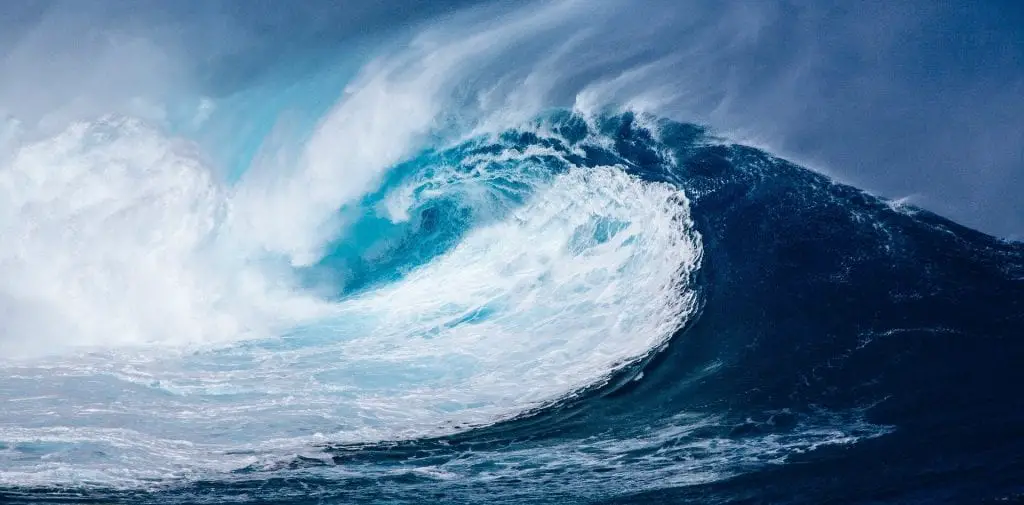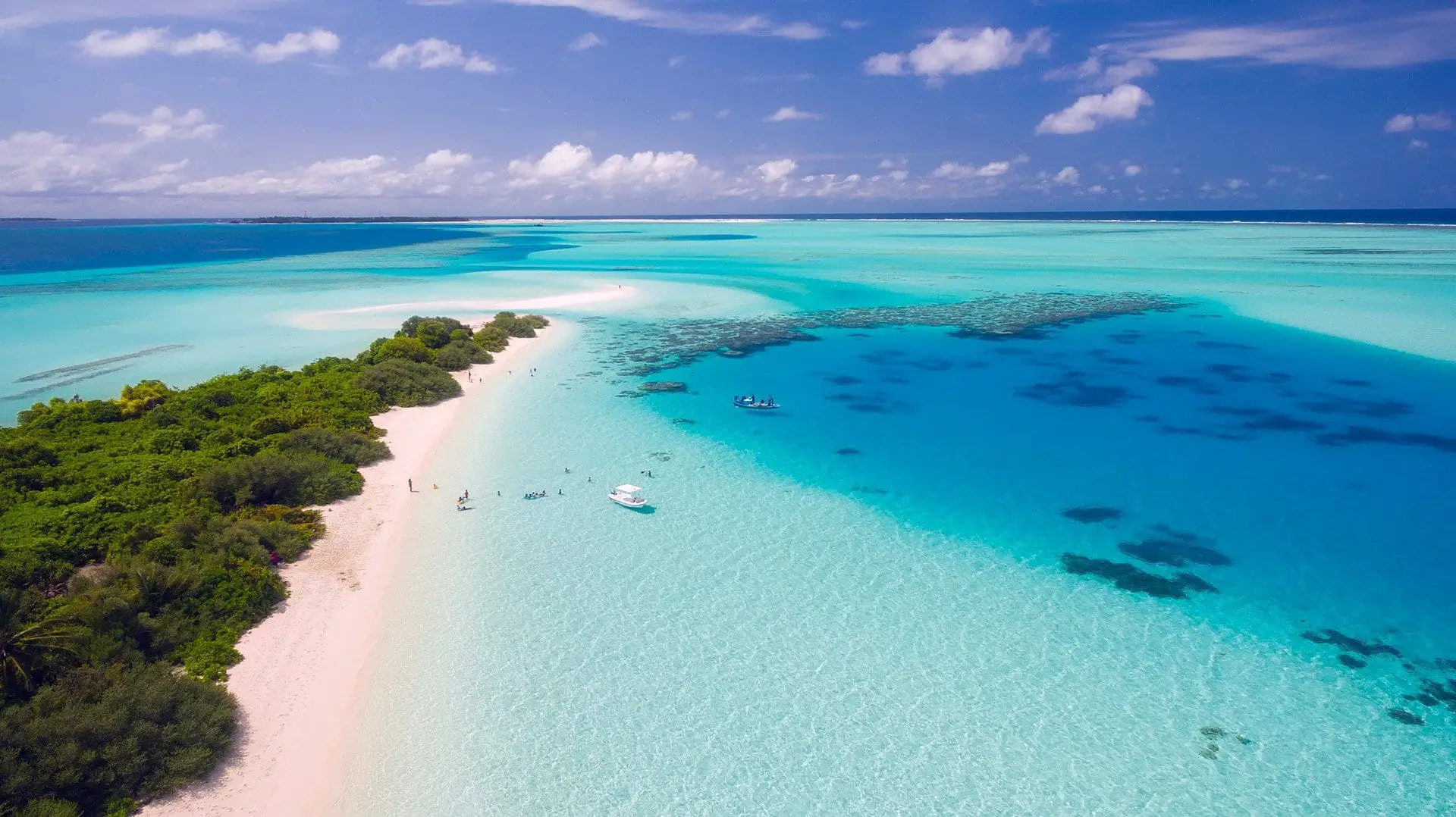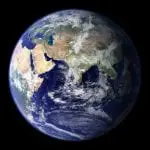Blue is the color of tranquility, calm, reflection and peace. It is a color loved by almost all nations of the world. However, despite its popularity, the list of things that are blue in nature is tiny when compared to all the other colors that are present in abundance. For instance, almost all the flora you see around you is green, with the exception of a few algae, fungi and non-photosynthetic plants. In the animal kingdom, you can find an abundance of shades of yellow, red, white, brown and even black. So, why is blue so rare? And if so, how come the color of the oceans, which occupy such a vast area on Earth, is blue? Let’s find out.
Trick and Treat: The Ingenious Appearance of Blue in Nature
When you sit down to list the things that are blue in nature, the first two nouns that pop up are always the sky and the ocean. You might have heard that the ocean appears blue because it reflects the sky, but that is not entirely true. Also, if you have ever been near the sea or the ocean and picked up the water in your cupped hands, you would see that the water in your palms is transparent. So what is this magic trick?
The truth is, there is no blue pigment in nature (with one exception) and the appearance of blue in nature is in the majority of cases, a trick of light. Light travels from the sun in waves of varying frequencies and wavelengths. You may have read about VIBGYOR, the part of the visible spectrum (for humans) arranged in order of decreasing frequency or increasing wavelength. For example, red light has the largest wavelength and the lowest frequency of the seven colors split from white (sun) light. The colors we see around us has a lot to do with the particles present and how they absorb the different wavelengths of light.
What Makes the Oceans Appear Blue?
Now, when light falls on water, it is split into its component colors and absorbed by the water particles. There is preferential absorption for colors with longer wavelengths in water. Therefore, red, orange, yellow, green, with their bigger wavelengths, get more readily absorbed, and blue, indigo and violet, with their short wavelengths, are sent back. It is this light that is sent back that reaches our eyes and makes us see the ocean as blue.
Shouldn’t the Ocean be Violet Instead of Blue?

If you have paid attention to the explanation of why the ocean appears blue, you are probably grappling with a loophole. Wait, blue, indigo and violet, with their shorter wavelengths are returned by the water. So why is the ocean still blue and not indigo or violet, you may ask. And the question is very valid, because indeed, the ocean and the sky are violet or a violet-blue. But we see it as blue. There are two reasons for that:
The Composition of White Light
The concentration of light waves, which are blue, is greater than the concentration of light that is violet. Violet is indeed scattered more than blue light owing to its shorter wavelength, both by the sky and the oceans. However, the amount of blue light waves is more and dominates as the color that reaches us more.
The Mechanism of the Human Eye
In layman terms, our color sensitivity is regulated by the cones in our eyes, which pick up colors. We have cones that are sensitive to red light, green light and blue light. Since our cones aren’t as sensitive to violet and red and green are absorbed by the water, we see the oceans and the seas as deep blue.
The Rare Occurrence of Blue in Nature Around Us
Nature surprises us with the Obrina Olivewing butterfly, the only known creature to have developed a blue pigment. The blue jay, the hyacinth flower, the peacock, the moor frog, the human eye and the blue forget-me-not are some popular examples of things that are blue. So, how are they blue without a pigment?
- Blue Eyes: Blue eyes are not really blue, but work as a trick of the light similar to what happens with the sky and the ocean. The absence of any pigment, and hence, the scattering of light that falls on the surface is the reason eyes appear blue.
- Blue Flowers: Do you know that less than one in ten flowers are blue in color? That is because there is no blue pigment present in plants. Plants that bloom in blue flowers do quite a bit of artistic work to get the blooms looking as they do. Behind the scene, plants do a lot of mixing with the pigments they are presented with, the most commonly used being the red pigment known as anthocyanins. Varying levels of acidity, some mixing and reflection of light give us the spectacular colors we see in the forget-me-not, delphiniums, glory of the snow, water hyacinth etc.
- Blue Birds: Birds like the Blue Jay have complex structures in their feathers which are like microscopic beads that can scatter light. These beads scatter light in a way that all light waves are canceled out, leaving only blue light wavelengths to reach the human eye.
- Blue Butterflies: The Morpho butterfly appears blue thanks to the structures it has designed. These bend the light that falls on them in a manner that allows only blue light to be reflected off their surface.
There are many such wonderful instances in nature where you find the color blue even though there is no pigment occurring in nature. Blue leaves will not be efficient for plants and blue pigments cannot impart color to animals through their diet. Nature still finds a way to bring forth one of the most wonderful colors that can be found in the visible spectrum of light. The wonders of the color blue, and how it appears in things that are blue, is a reminder of how unique, mysterious and absolutely wonderful nature is.



